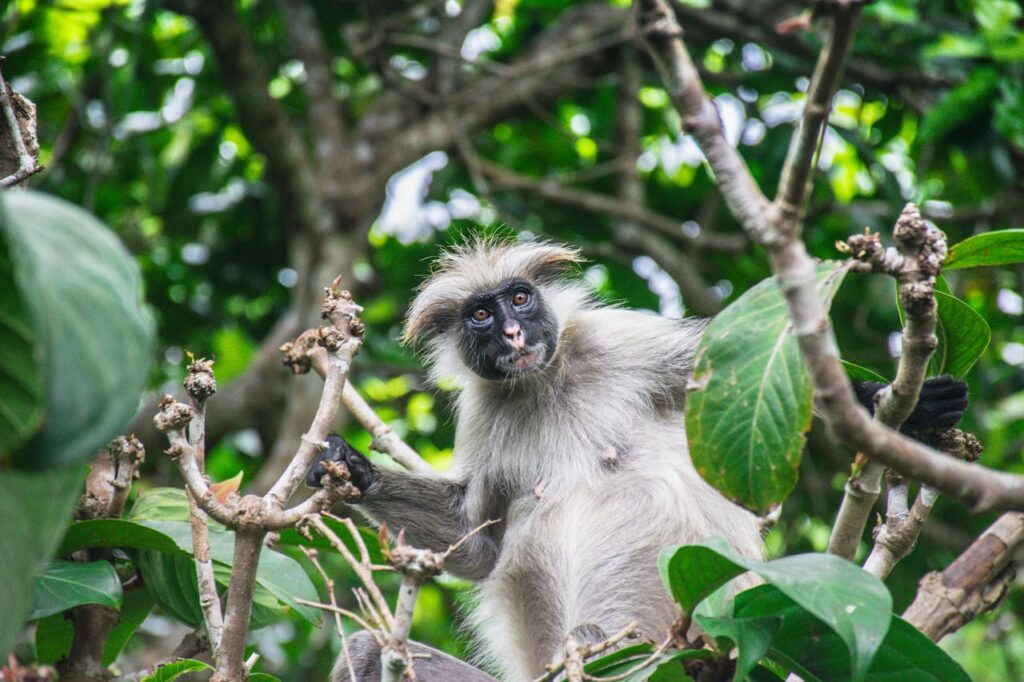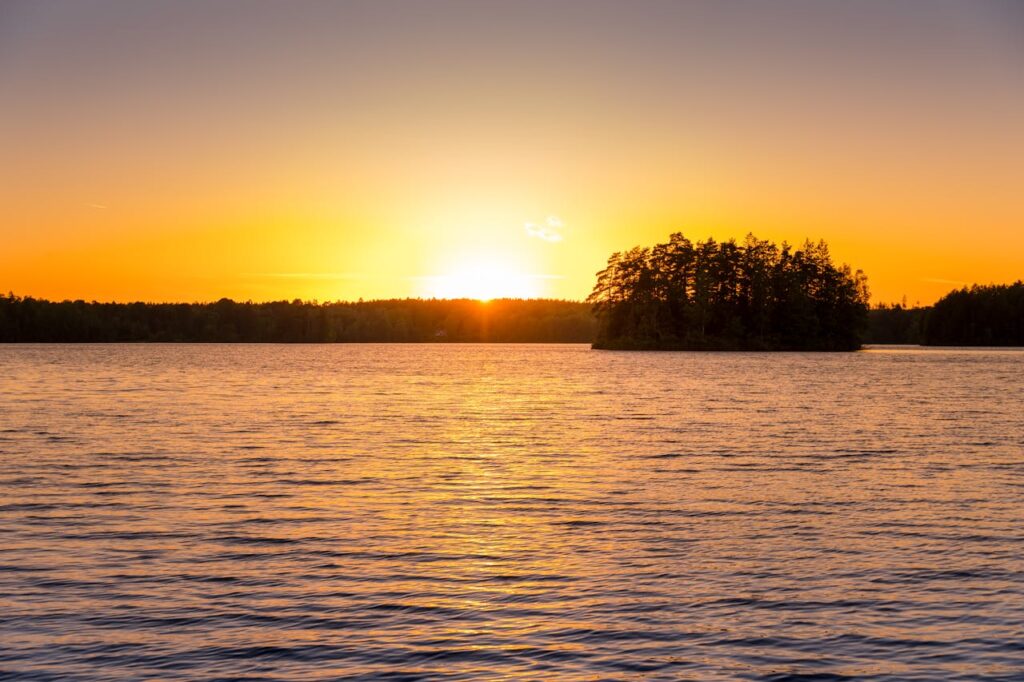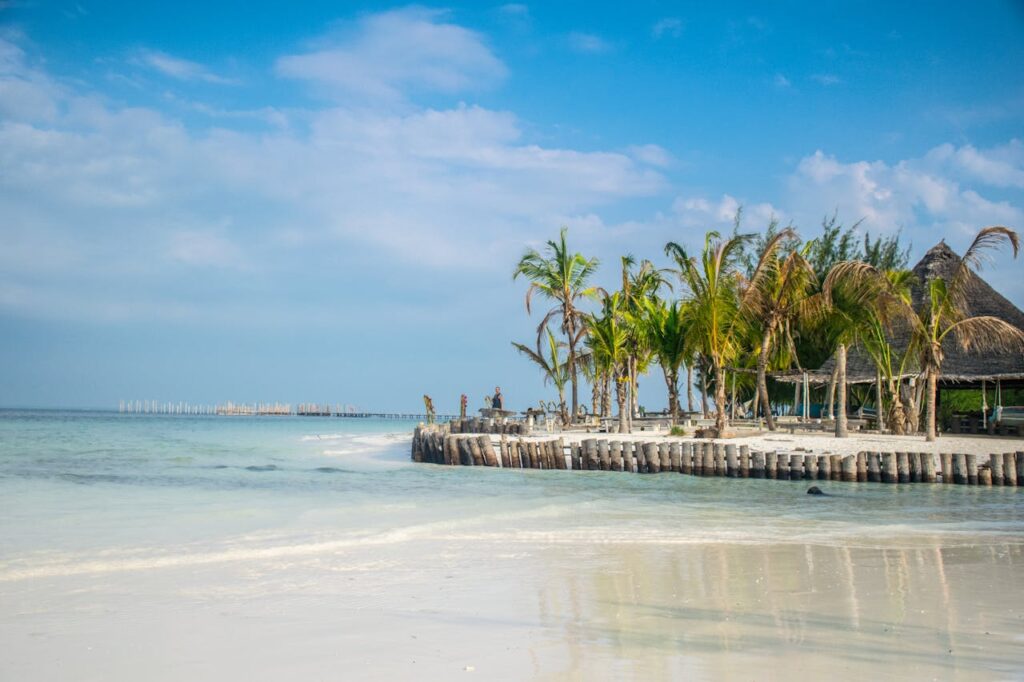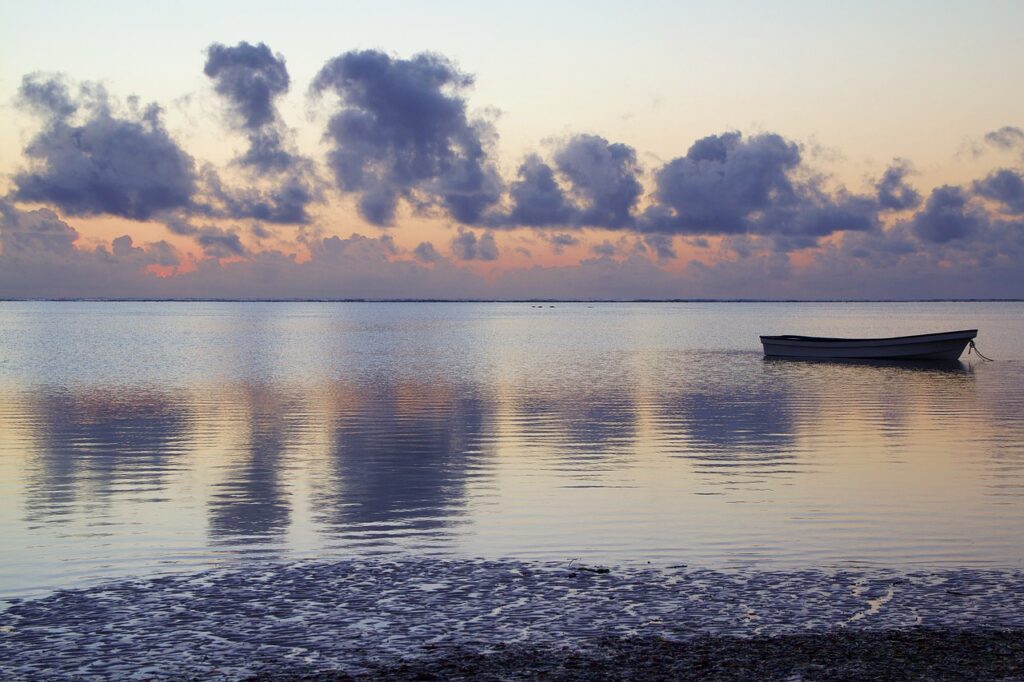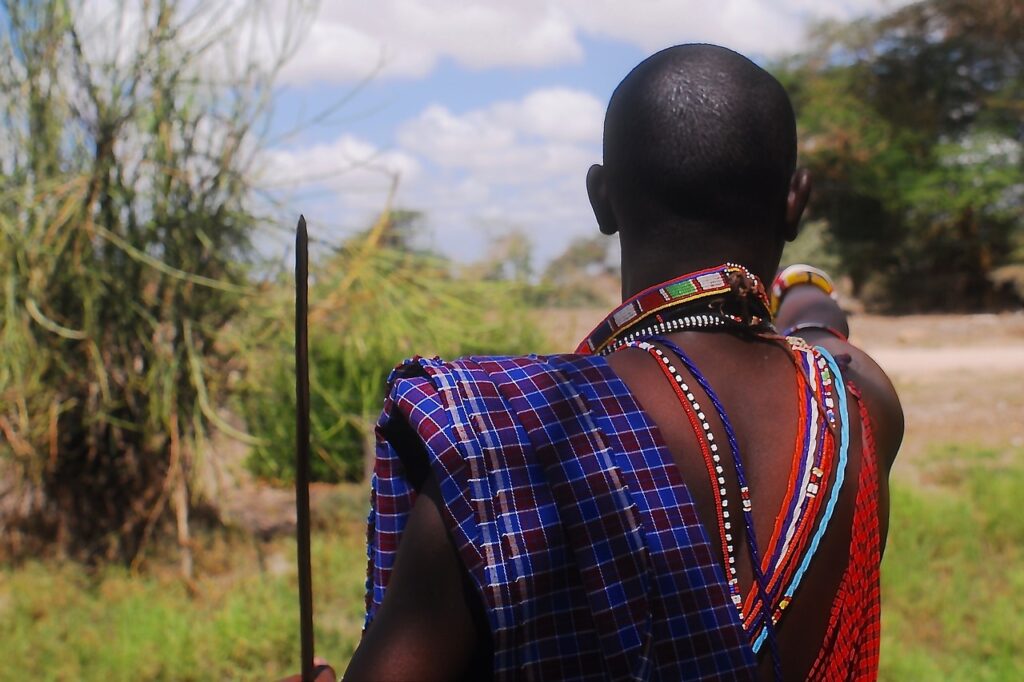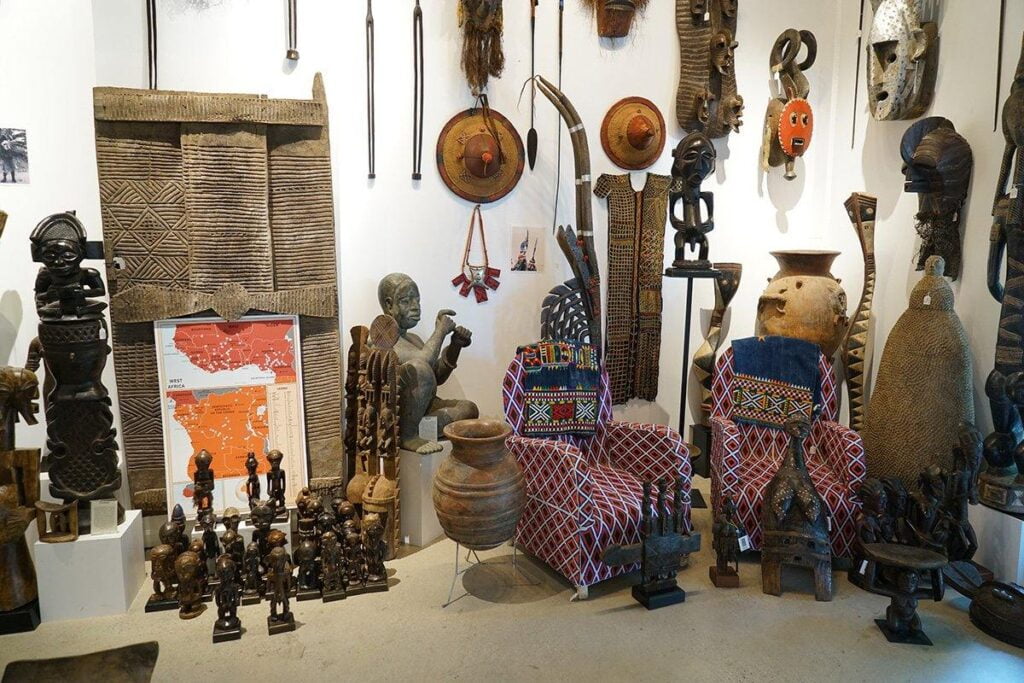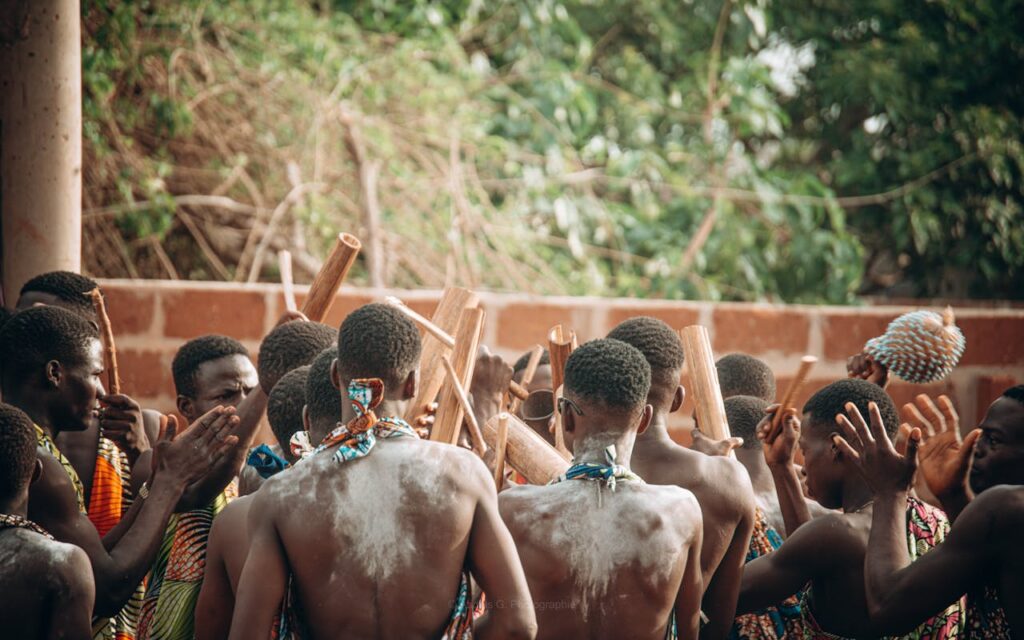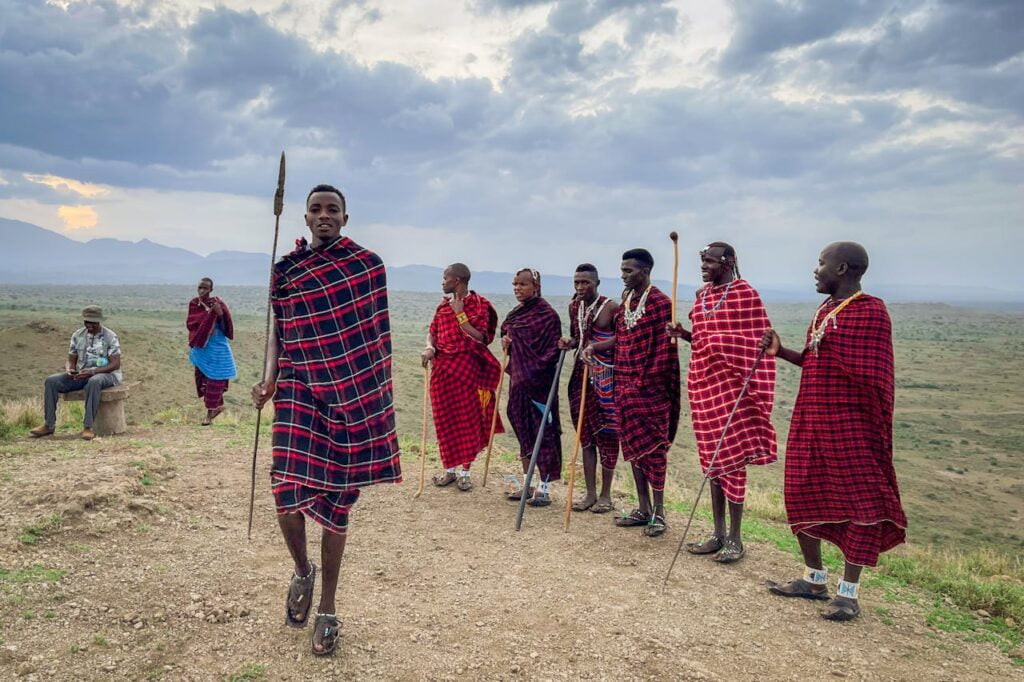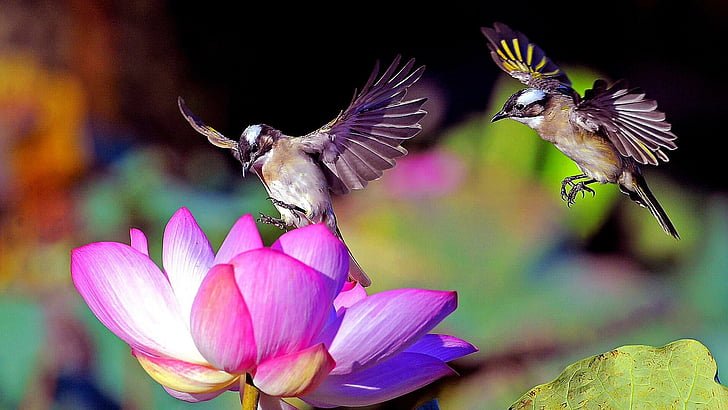Exploring the Untamed Wilderness of Tanzania’s Remote Islands
Beyond the popular tourist destinations, Tanzania boasts a collection of remote islands that offer an unparalleled escape into untouched nature. These pristine paradises are home to diverse ecosystems, endemic wildlife, and unparalleled opportunities for adventure. Mafia Island: A Marine Sanctuary Often overshadowed by its more famous counterparts, Mafia Island is a hidden gem for nature enthusiasts. Its sprawling coral reefs teem with vibrant marine life, making it a diver’s and snorkeler’s paradise. Beyond the underwater world, the island is also home to a variety of terrestrial wildlife, including rare bird species and elusive leopards. Pemba Island: A Lush Tropical Oasis Pemba Island, with its lush rainforests and pristine beaches, offers a different kind of wilderness experience. Hiking through the dense jungle, you might encounter endemic primates, colorful birds, and rare butterflies. The island’s coastal waters are also home to a diverse marine ecosystem, perfect for exploration. The Zanzibar Archipelago: Beyond the Tourist Trail While Zanzibar is renowned for its cultural attractions, the archipelago also encompasses several remote islands that offer seclusion and adventure. Explore the uninhabited islets surrounding Zanzibar, where you can encounter nesting seabirds, pristine beaches, and the chance to truly escape the crowds. Key Activities: Diving and Snorkeling: Discover vibrant coral reefs and encounter diverse marine life. Island Hopping: Explore hidden coves and secluded beaches. Fishing: Experience the thrill of catching fresh seafood. Birdwatching: Observe a variety of endemic bird species. Hiking and Nature Walks: Immerse yourself in the island’s lush vegetation. Visiting Tanzania’s remote islands is an opportunity to connect with nature on a deeper level. These unspoiled destinations offer a truly authentic and unforgettable experience. Kilimanjaro 3 tours Safari 4 tours Zanzibar 3 tours
Exploring the Untamed Wilderness of Tanzania’s Remote Islands Read More »

